Fisheries management can use tool to ‘identify, plan for and respond to climate change’
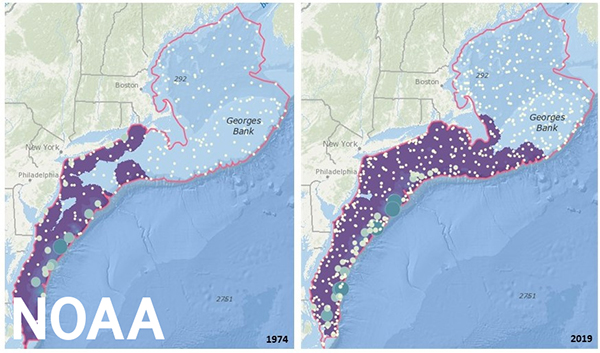
The National Oceanic and Atmospheric Administration (NOAA) Fisheries has launched the Distribution Mapping and Analysis Portal – a new tool to better track the location and movement of marine fish in U.S. waters. The interactive website will improve data sharing and collaboration, facilitate decision-making about fishery management and science and increase overall knowledge of species distribution for stock assessments.
The portal displays data from NOAA Fisheries bottom trawl surveys for five regions (Northeast, Southeast, Gulf of Mexico, West Coast and Alaska) and includes a map viewer and graphing capabilities for over 800 marine fish and invertebrate species caught during the surveys. Understanding how species are distributed in space and time, and the factors that drive patterns, are “central questions in ecology and important for species conservation and management,” NOAA wrote in a press release.
“Our climate and oceans are changing, and these changes are affecting the distribution and abundance of living marine resources in our waters,” said Dr. Rick Spinrad, NOAA administrator. “Changes in fish stocks can have significant economic and cultural impacts for communities and businesses across the United States. The visualization capabilities of this new tool boost our ability to turn the data NOAA collects into robust decision-making resources for the entire fishery management community, helping build a Climate-Ready Nation.”
The portal allows users to select a species of interest and visually examine changes in the distribution over time by looking at both location maps as well as graphs of key indicators of species distribution (such as a change in latitude, depth and range limits). The user can also choose to view changes in distributions at the regional level as an indicator of broader community-level changes.
According to NOAA, the tool has revealed that the ranges of many marine species are shifting, expanding and contracting in response to changing ocean conditions.
“This is one of the most important actions NOAA Fisheries has taken to date to move toward climate-ready fisheries management,” said Janet Coit, assistant administrator for NOAA Fisheries and acting assistant secretary of commerce for oceans and atmosphere and deputy NOAA administrator. “Changes in species distributions are already having significant impacts on key management decisions such as allocations and spatial closures. These impacts are expected to increase with continued changes in the planet’s climate and ocean systems.”
Study: Climate change will shuffle marine ecosystems in unexpected ways as ocean temperature warms
The tool was collaboratively developed with the Global Change Ecology and Evolution Lab at Rutgers University. The goal is to enhance the ability of NOAA Fisheries and its management partners “to identify, plan for and respond to climate-driven changes now and in the future.”
Additionally, it’s anticipated that broadening access to species distribution information and model results from across the country will help foster a “community of practice” among scientists. Such information can help advance the field and provide a valuable tool for outreach and education regarding changing fish and invertebrate distributions.
Follow the Advocate on Twitter @GSA_Advocate
Now that you've reached the end of the article ...
… please consider supporting GSA’s mission to advance responsible seafood practices through education, advocacy and third-party assurances. The Advocate aims to document the evolution of responsible seafood practices and share the expansive knowledge of our vast network of contributors.
By becoming a Global Seafood Alliance member, you’re ensuring that all of the pre-competitive work we do through member benefits, resources and events can continue. Individual membership costs just $50 a year.
Not a GSA member? Join us.
Author
Tagged With
Related Posts
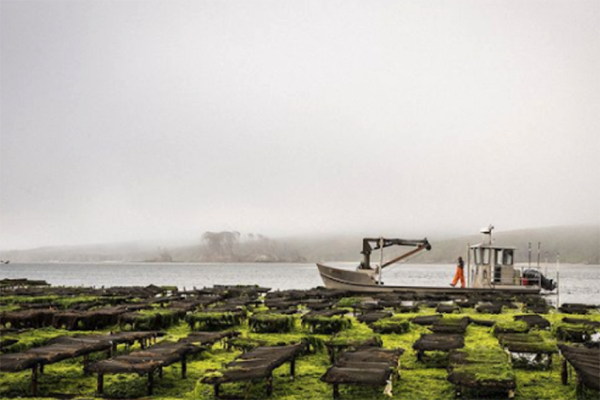
Intelligence
NOAA releases new marine aquaculture permitting guide
NOAA has released a new guide to help navigate the federal marine aquaculture permitting process in U.S. waters.
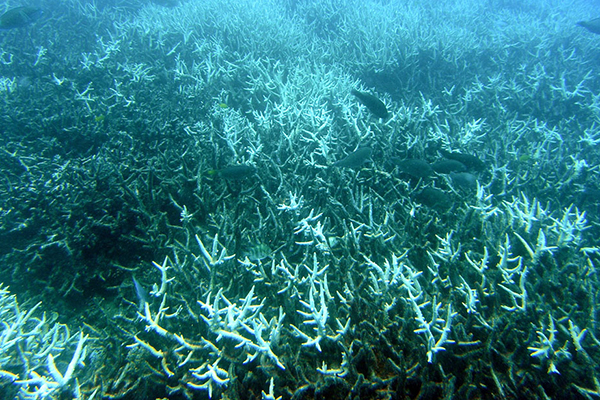
Responsibility
Study: 2021 breaks record for hottest ocean temperature
New research shows the ocean temperature in 2021 was the hottest ever recorded by humans, and the effects of ocean warming are "far-reaching."
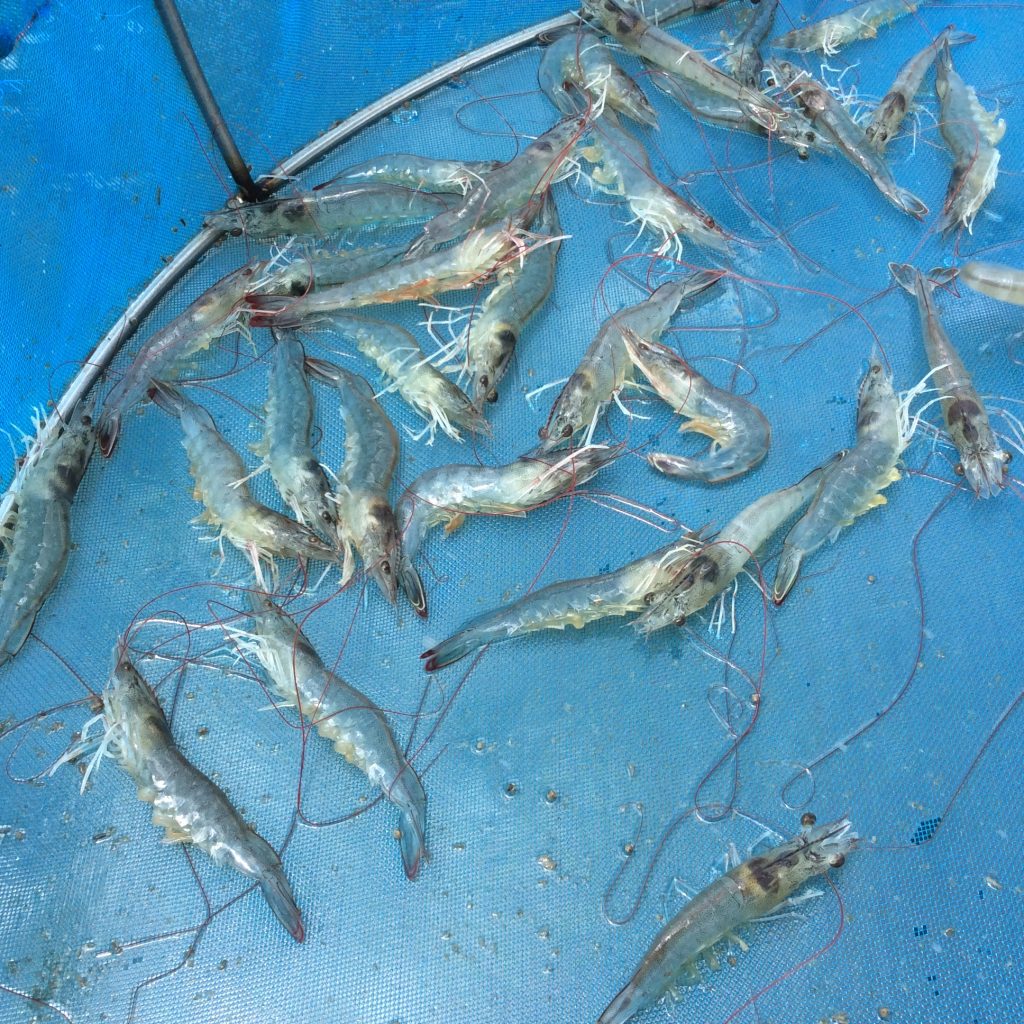
Health & Welfare
New tool aims to identify and reduce impact of chemicals and diseases in aquaculture
Cefas and the University of Exeter's Seafood Risk Tool can identify and reduce the impact of chemicals and diseases in aquaculture.
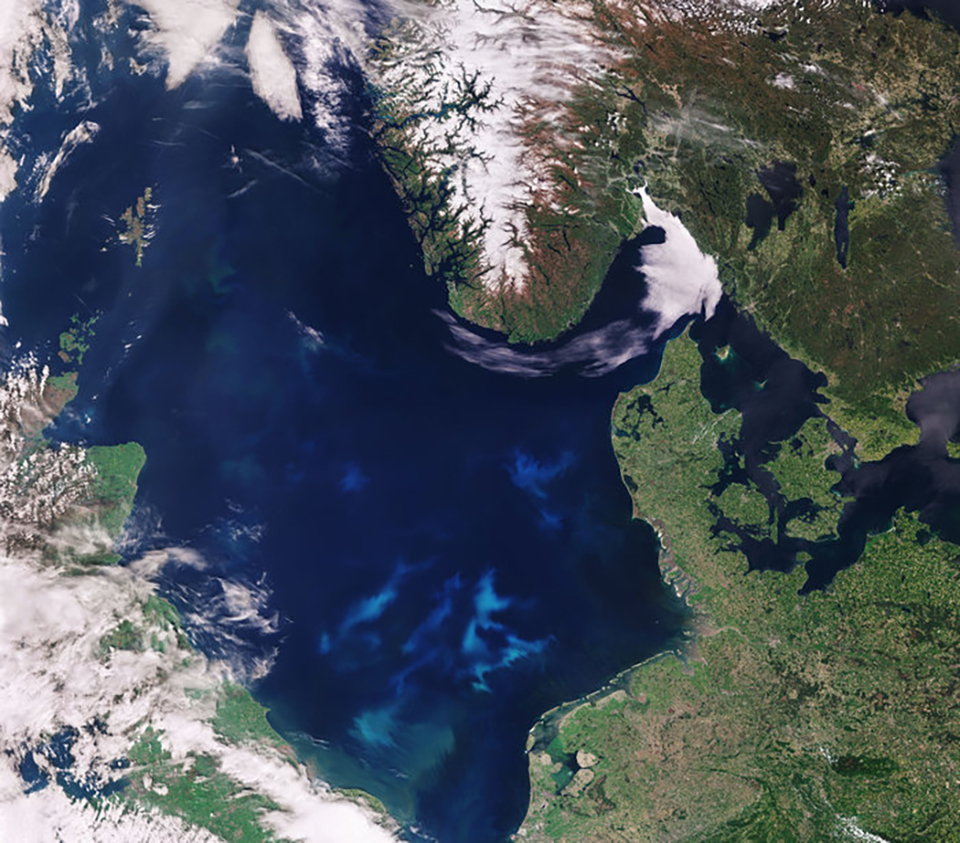
Responsibility
NOAA invests millions to take on harmful algal blooms
The National Oceanic and Atmospheric Administration announced $15.2 million in funding to research harmful algal blooms throughout U.S. coastal and Great Lakes waters.



